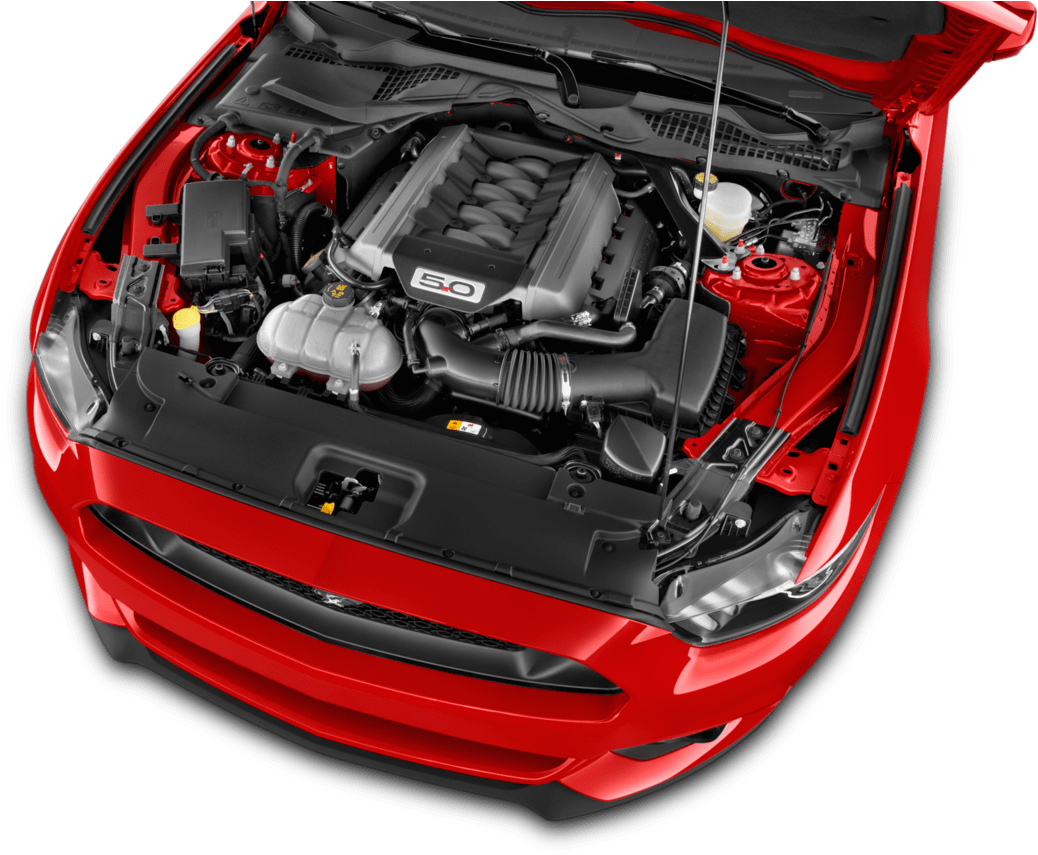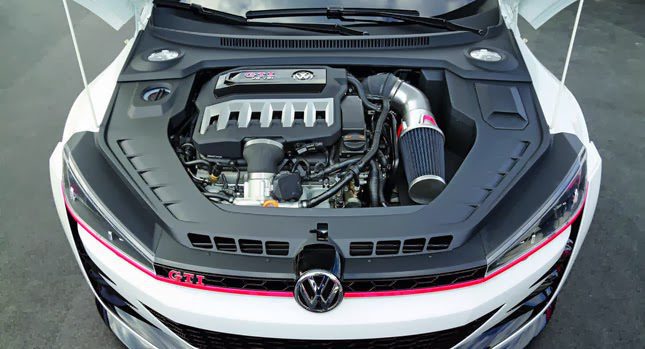Reliable and Powerful Tiny Automobile Motor Performance Evaluation
Examining the performance of small auto electric motors is a nuanced task that calls for an eager eye for detail and a deep understanding of vehicle engineering principles. When it comes to portable cars, the equilibrium in between efficiency and power is important for providing a driving experience that is both economical and enjoyable. By taking a look at crucial metrics such as horse power and torque, in addition to assessing gas performance, we can uncover insights right into how tiny vehicle engines can be optimized for peak performance. In addition, exploring future patterns in small automobile electric motor technology promises to reveal ingenious methods that can improve the landscape of auto engineering.

Tiny Auto Electric Motor Efficiency Metrics
In analyzing the efficiency of little automobile motors, vital metrics such as acceleration, fuel performance, and power output play a crucial role in identifying their general effectiveness and suitability for different driving problems. Acceleration, measured in secs from 0 to 60 miles per hour, suggests how rapidly a small vehicle can reach greater speeds, which is essential for merging onto highways or overtaking various other automobiles. Gas efficiency, normally gauged in miles per gallon (MPG), shows how far a little cars and truck can take a trip on a gallon of fuel, affecting running costs and ecological sustainability. Power output, expressed in horsepower (HP) or kilowatts (kW), indicates the engine's capability to create the essential pressure to thrust the lorry, affecting its performance in different roadway conditions. By assessing these efficiency metrics adequately, manufacturers, motorists, and vehicle fanatics can make enlightened choices pertaining to the choice and optimization of tiny car motors to satisfy their specific demands and choices.

Horsepower and Torque Analysis
With a fundamental function in understanding small car motor performance, torque and horsepower analysis supplies understanding into the engine's power distribution characteristics. Horse power is a dimension of the engine's capacity to do persuade time, standing for the price at which job is done. In the context of tiny automobile electric motors, horse power is important for determining acceleration, top speed, and overall efficiency. Torque, on the other hand, determines the engine's rotational pressure, showing its capacity to get over resistance. Little cars and truck engines with higher torque values usually really feel more receptive and offer far better acceleration, making them perfect for city driving and surpassing maneuvers. When examining horse power and torque in little auto electric motors, it is vital to take into consideration how these metrics interact to provide a effective and well balanced driving experience. By understanding the partnership between horsepower and torque, auto engineers can maximize engine efficiency to meet the certain needs of tiny vehicle applications.
Gas Performance Assessment
The analysis of gas performance in tiny vehicle electric motors plays a critical duty in determining their ecological and economic impact. In little automobile electric motors, where portable size often correlates with far better gas economy, different variables influence efficiency.
To review fuel performance, metrics such as miles per gallon (MPG) are typically made use of. This dimension suggests the range a car can take a trip Bonuses per device of gas. Little vehicle electric motors that accomplish higher MPG scores are considered much more fuel-efficient, resulting in price financial savings for motorists and lowered exhausts that benefit the setting. Makers consistently strive to improve gas effectiveness through innovations in engine innovation, lightweight materials, and aerodynamic styles.

Enhancing Tiny Vehicle Engine Efficiency
Enhancing the performance of tiny car engines is extremely important in taking full advantage of performance and minimizing operational costs. Optimizing little automobile engine performance entails an alternative approach that considers different factors such as engine design, gas management systems, and total lorry dynamics.
One more important factor in optimizing little cars and truck engine efficiency is the use of innovative modern technologies such as turbocharging or crossbreed systems. These modern technologies can boost power output without jeopardizing gas performance, providing a balance in between efficiency and economy. Enhancing engine efficiency also involves improving burning effectiveness, reducing frictional losses, and enhancing thermal administration systems.
Future Trends in Small Vehicle Motors
Taking into account progressing automobile innovations and the constant pursuit of optimum small car engine performance, an exploration of future patterns in small automobile electric motors becomes vital - opel corsa engine. One popular pattern on the perspective is the increasing assimilation of electric powertrains in small autos. As the automotive market shifts in the direction of sustainability and reduced emissions, even more tiny vehicle suppliers are buying electric motor modern technology to improve performance and ecological kindness
An additional significant fad is the advancement of smaller sized yet a lot more effective turbocharged engines for little cars and trucks. By scaling down engine capabilities and including turbocharging technology, car manufacturers can visit this website attain greater power outcomes while preserving fuel performance. This fad straightens with the expanding consumer need for small vehicles that deliver a vibrant driving experience without compromising on gas economic situation.
In addition, the emergence of hybrid powertrains in small cars is expected to get grip in discover this info here the future. Crossbreed systems supply the advantages of both inner combustion engines and electrical motors, supplying improved performance and fuel performance. As innovations in battery modern technology continue, small car motors are most likely to become a lot more effective and reliable, providing to the progressing needs of customers and regulative requirements for cleaner transport remedies.
Conclusion
To conclude, the evaluation of small vehicle electric motor efficiency metrics such as fuel, horsepower, and torque effectiveness is important in optimizing engine performance. By assessing these aspects, producers can improve the total effectiveness and power output of tiny car motors (opel corsa engine). Future patterns in tiny cars and truck electric motors are most likely to concentrate on improving efficiency while preserving fuel effectiveness, making certain that tiny vehicles remain to be a economical and trustworthy selection for customers
By analyzing essential metrics such as horsepower and torque, as well as assessing fuel performance, we can uncover insights into exactly how little automobile engines can be maximized for peak efficiency. Optimizing tiny cars and truck engine efficiency involves an all natural technique that considers numerous elements such as engine style, fuel management systems, and overall vehicle dynamics.In light of advancing auto technologies and the continuous pursuit of optimal small car engine performance, an expedition of future patterns in tiny vehicle electric motors comes to be essential.In final thought, the analysis of tiny vehicle electric motor performance metrics such as torque, fuel, and horse power efficiency is crucial in enhancing engine performance. Future fads in little automobile motors are most likely to focus on enhancing performance while preserving gas efficiency, ensuring that little vehicles continue to be a reliable and economical selection for consumers.
Comments on “Opel Corsa Engine: Top Tips for Upkeep and Care”